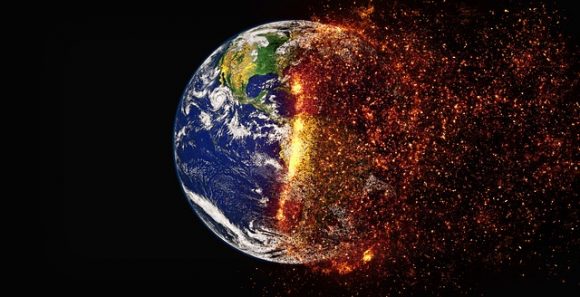What are the determinants of changes in global disaster patterns


Disasters are triggered by the exposure and vulnerabilities to natural dangers of people, infrastructure and economic activities. Break-down of these influences has allowed identification of countries and areas within them where disaster-related declines and economic losses are likely in the future.
These high-risk areas are reasons for increased attention to, and investment in, disaster risk identification, reduction and transfer. Factors that affect the utility and effectiveness of evidence on disaster risk for risk management applications include the scientific quality of the analysis and the match between the analysis and decision-making alternatives. Since many of the most meaningful risk management decisions are made at the national-to-local levels, it is particularly important to strengthen the evidence base for disaster risk management within high-risk countries.
For almost any subject related to risk, there can be many trends arising that together provide a more comprehensive picture of what is occurring. Disaster patterns are like pointers. They provide us with hints about our risk and help emergency related aides with choices related to emergency planning, analysis, and prioritization of mitigation and disaster preparedness activities.
The total number of people affected by disasters is rising rapidly. This may be because of human settlement patterns have always been shaped by the needs of individuals and societies. These needs mainly include: food and water, defense and defensibility of resources, access to commerce and employment and access to natural resources. Also, almost without exception, people must accept that an increase in their exposure to natural hazards is a result of the movements they make from one geographic region to another.
The overall rates by which people have relocated from rural areas into cities, called urbanization, have continued to increase over time. This rise coincides with a rapid increase in both urbanization and coastal migration throughout the world. Increasing urbanization in high-risk zones is occurring throughout the world, concentrating wealth, physical structures, and infrastructure together in high-risk zones. The growth of coastal populations, for instance, raises important concerns about increased human exposure to coastal flooding, hurricanes, and tsunamis.
Economies are much more dependent upon technologies that tend to fail in times of disaster. Areas not directly affected are experiencing secondary economic consequences of disaster. Globalization has resulting in much closer ties between the world economies such areas unaffected by the direct consequences of the disaster event are suffering economically as a result. A greater number of less deadly but financially destructive disasters are rapidly increasing.
Experts say there is no such thing as “natural disasters” mainly for three reasons:
- Humanity is meddling with the Earth’s natural system. As we drive anthropogenic climate change we are adding more energy to the system. This increases the chances of more repeated and powerful “hydro-meteorological” hazards such as deluges, floods, infernos, bushfires, heat-waves and tropical cyclones and hurricanes.
- We are mistreating the natural systems. For example, removing the buffering shield of mangroves on the coast may result in a storm surge that can be more disastrous.
- Our settlements are spreading out across the Earth’s surface into geographic areas where natural hazards occur. This exposes us to danger when the unavoidable event occurs.
Scientists believe the rapid increase in hydro-meteorological disasters is due to a combination of natural and made-made factors. Global warming is increasing the temperatures of the Earth’s oceans and atmosphere, leading to more intense storms of all types, including tornadoes and hurricanes.
The number of disasters occurring is on the rise but this is because of a complex set of interactions between the physical Earth system, human interference with the natural world and increasing vulnerability of human communities. Developing greater capacity for cooperation among scientists, risk assessment practitioners and decision-makers, particularly in high-risk prone areas, would be a worthwhile contribution to reducing disaster losses.